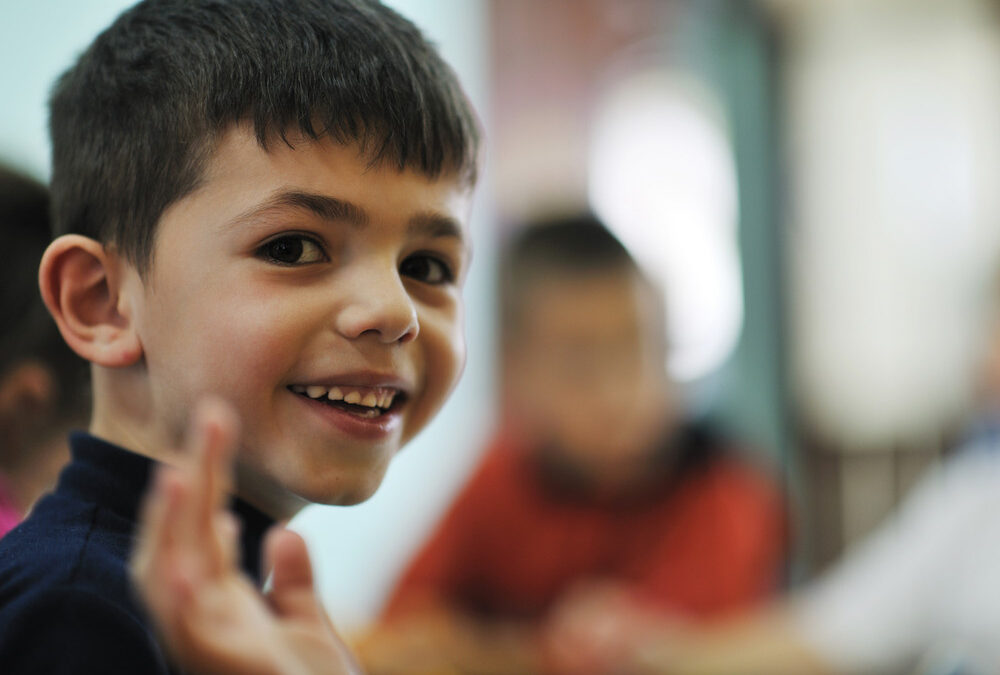Children and adolescents are often anxious about the idea of being judged by their peers and found wanting. This is a normal part of growing up. Kids get cold feet and worry about being judged just like teenagers and adults do. According to the Anxiety & Depression Association of America, social anxiety disorder is equally distributed between men and women, and typically begins around age 13. The newest forms of social anxiety therapy go beyond talk therapy to include neurofeedback, which allows patients to see and respond to their brainwaves in real-time and adjust their thinking to match. Let’s take a closer look at what social anxiety disorder looks like in kids.
It’s Not Just Shyness
Social anxiety is not just shyness. The difficulties that social anxiety creates for children aren’t just nervousness related to novel activities. Social anxiety is an intense fear of judgment and shame that can create severe consequences in a child, which can damage social development and build a wall between the child and her peers. Social anxiety therapy can create an internal monologue that counteracts the nervousness they may feel.
Difficulty Meeting in Groups
Kids with social anxiety often have difficulty with group activities but not with a single or small number of other friends. This can be mistaken for neurodevelopmental conditions like autism or attention-deficit/hyperactivity disorder, but with those conditions, social difficulties are attributable to developmental delays in the brain. Social anxiety disorder brains are fully normal in their development but have a chemical imbalance in them that makes social activities unbearable.
Anxiety Leads to Avoidance
People with anxiety will often believe that avoiding the situation that causes their anxiety will be a cure for the anxiety, but it typically makes it worse. Avoidant behavior confirms the validity of the anxiety in the brain, which makes it more likely that the anxiety will persist and become further entrenched. Yet forced exposure is not an answer either. Forced exposure to an anxiety-inducing situation is a way to create trauma, which leaves lasting scars. Therapy is the best way to overcome anxious thoughts.
Neurofeedback is a type of social anxiety therapy that works well for all ages. With exposure to your direct brain waves, you can modulate your thinking and create new patterns. Find out more about how neurofeedback works by clicking below and requesting more information or an initial therapy session.

